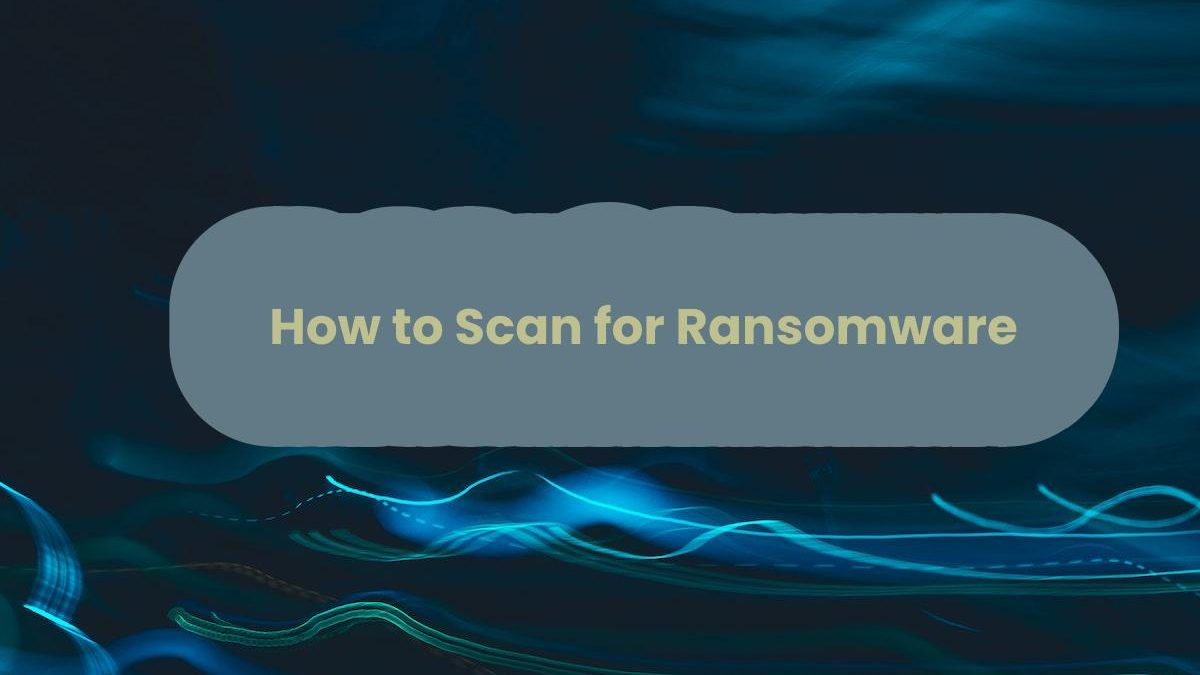Hackers employing encryption-based ransomware essentially make all files on a computer inaccessible by encrypting them. Typically, the sole recourse to regain access to these files involves making a payment for the decryption key. Conversely, disclosure ransomware attacks involve the theft of data from your system, with the hacker issuing threats to expose this information unless a ransom is paid.
If your company stores personally identifiable information (PII) of the general public and this data is exposed, it could lead to significant fines, legal action, and the loss of data security standards accreditation.Certain business sectors stipulate compliance with data privacy standards as a contractual requirement.
A Complete Proctione Against Ransomware Threats
Protecting your critical data stores from falling into the hands of cybercriminals is non-negotiable. While data thieves manually infiltrate systems to hunt for valuable information, ransomware operates on a different level, relying on automation and a bit of unpredictability.
With ransomware, some strains limit their impact to the initial compromised computer, while others have the capability to traverse a network, infecting all endpoints before executing the attack. To bolster your chances of recovering from a ransomware encryption onslaught, consider backing up all your files and then restoring them, effectively neutralizing the encryption without capitulating to ransom demands. However, it’s worth noting that certain ransomware variants can infiltrate backup repositories as well.
Dealing with disclosure ransomware is a formidable challenge that often necessitates meeting the ransom demands. Consequently, the primary defense strategy is to prevent such attacks from occurring in the first place. Therefore, safeguarding personally identifiable information (PII) repositories is of paramount importance. The most effective means of thwarting ransomware, irrespective of its form, involves deploying security software designed to swiftly detect its presence on an endpoint and prevent its activation.
The Role of Ransomware Scanners
Now the question is how to scan for ransomware? Definatley the answer going to explain. Ransomware attacks are driven by automation and malware, making advanced malware detection systems your best line of defense against these threats. Identifying ransomware calls for a combination of robust security services, far surpassing the capabilities of traditional antivirus software that merely checks for predefined filenames or processes. Ransomware is a constantly evolving menace, and the last thing you want is to be the unwitting pioneer in the face of a new variant that antivirus companies have yet to detect.
To combat ransomware effectively, two types of systems prove invaluable: next-generation antivirus (AV) solutions and next-generation Security Information and Event Management (SIEM) systems. Some security solution providers have even crafted comprehensive protection platforms. These platforms establish a baseline of routine activities for each user and device, a practice known as user and entity behavior analytics (UEBA). A typical next-gen system raises red flags when it detects any activity that deviates from the established patterns of normal behavior.
This next-gen strategy is pivotal in defending against previously unseen malware strains, a critical element in countering ransomware. Ransomware operations are typically short-lived, and hackers continually revise their techniques to elude detection by security systems that have documented their methods and updated their defenses accordingly. Stay ahead of the game by embracing the cutting-edge technology designed to keep your data safe from the ever-evolving ransomware threat landscape.
Utilizing the Remote Desktop Protocol (RDP) can be likened to adopting an intruder’s approach, while the dissemination of malware through email attachments is a common ploy employed by Remote Access Trojans (RATs). Moreover, a menacing fusion of these tactics often occurs within certain strains of ransomware. These insidious culprits commence their assault with a devious email attachment download, thereby initiating the infection, and subsequently employ RDP to propagate the malicious code across the network, relentlessly compromising all devices and backup repositories.
An adept ransomware scanner possesses the capability to swiftly identify and neutralize both of these nefarious infection vectors, ensuring comprehensive protection against such multifaceted threats.
Related posts
Sidebar
Recent Posts
How to Choose the Right VPS Server for Your Needs
In today’s digital landscape, selecting the right Virtual Private Server (VPS) holds the key to a successful online presence. With…
Cloud Data Compliance: Ensuring Data Security in the Cloud
Explore the critical aspects of cloud data compliance and why it’s essential in today’s digital landscape. Learn about legal regulations,…



